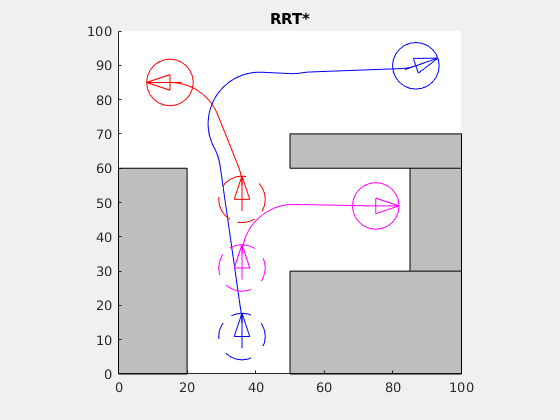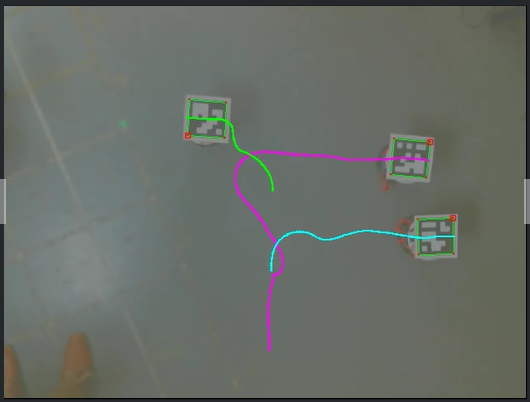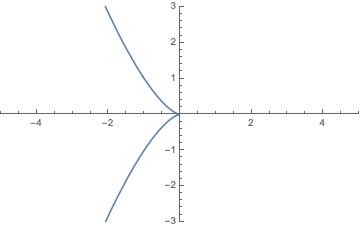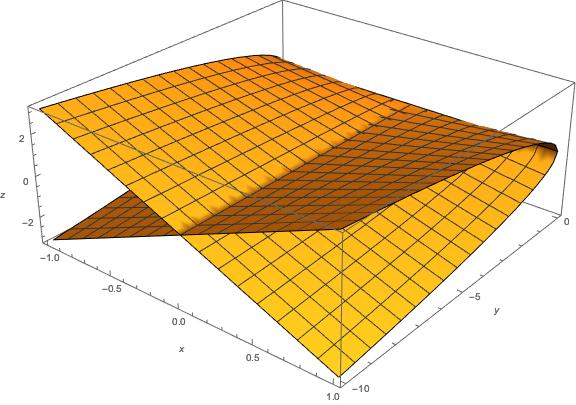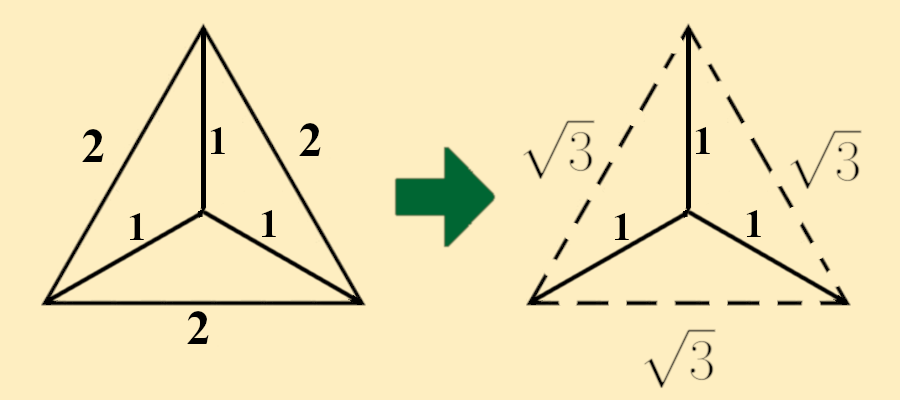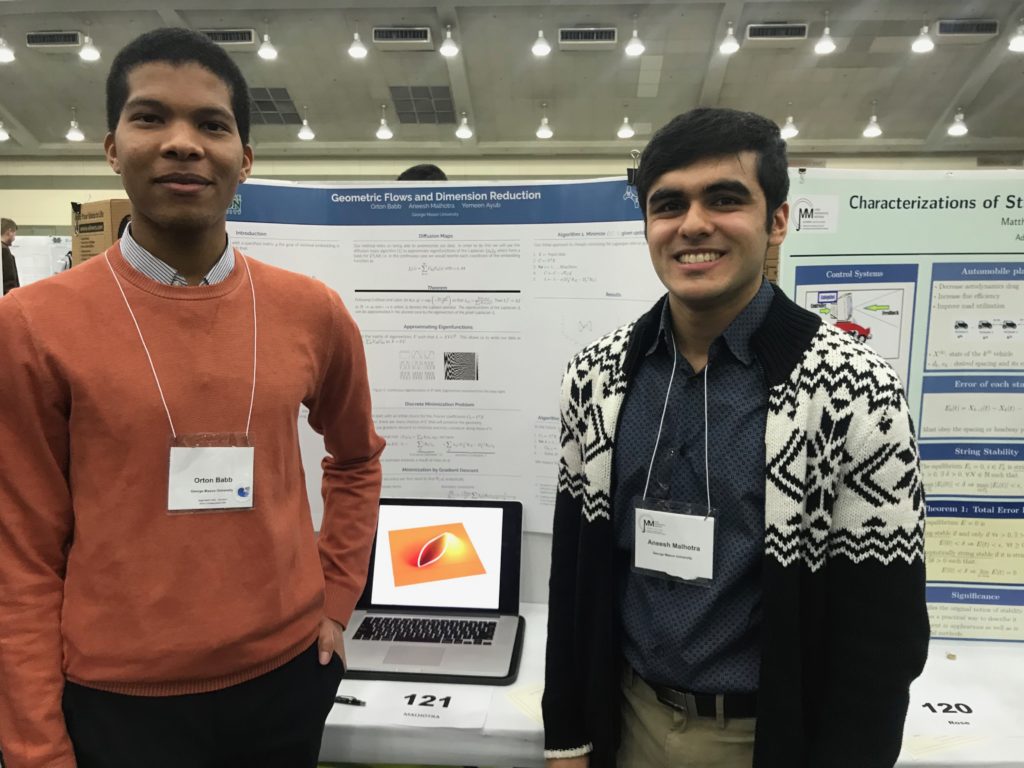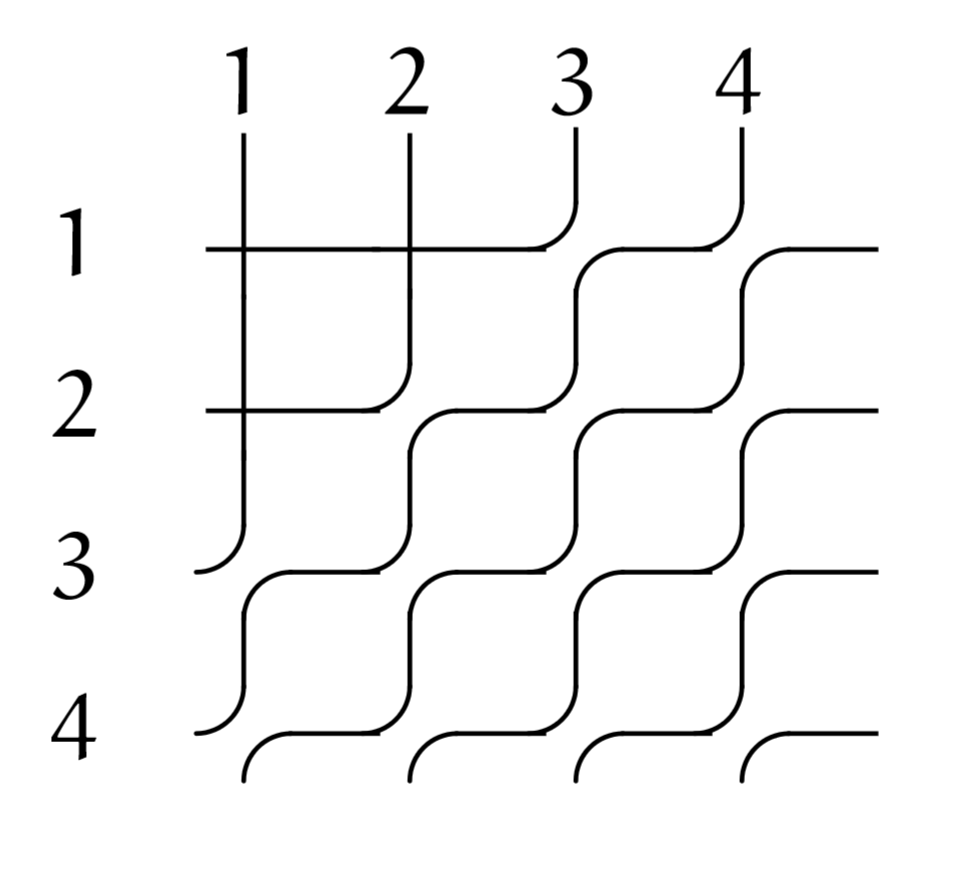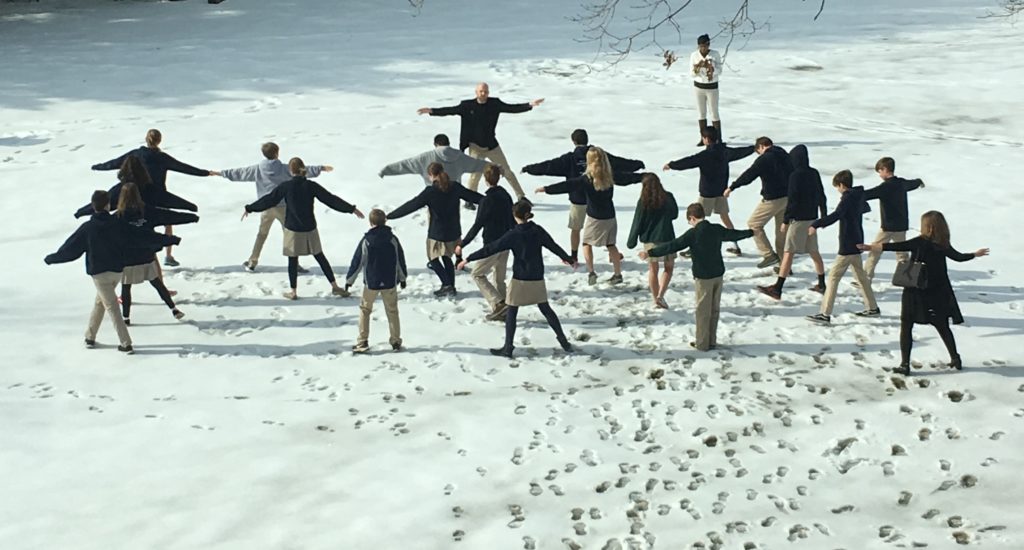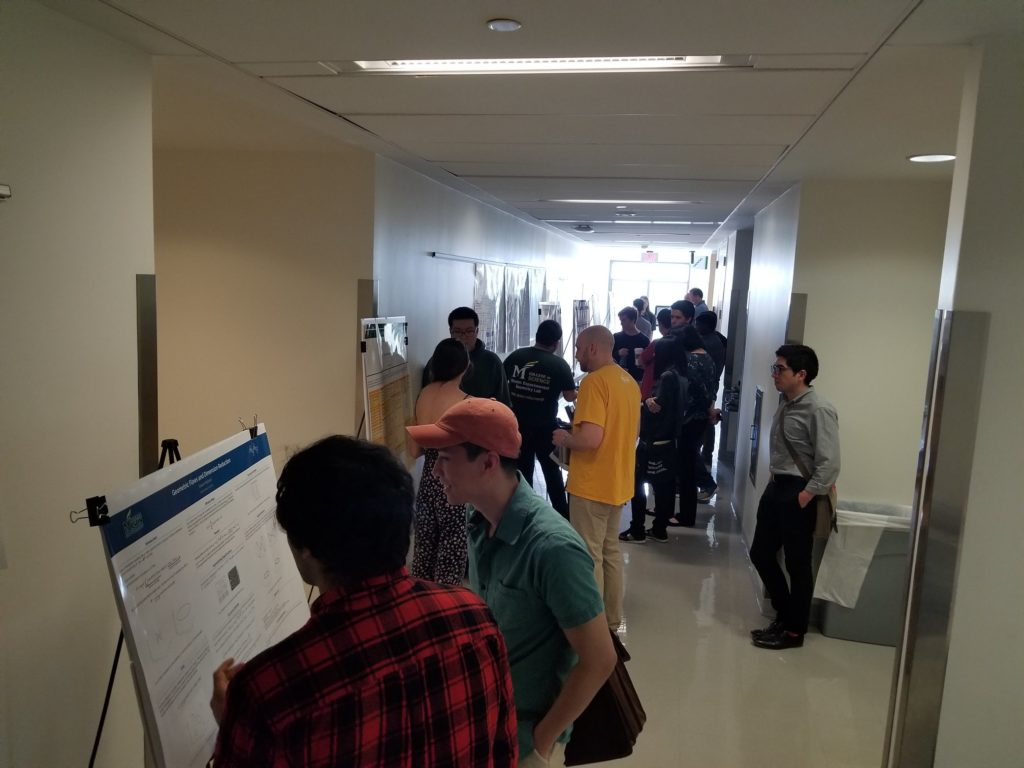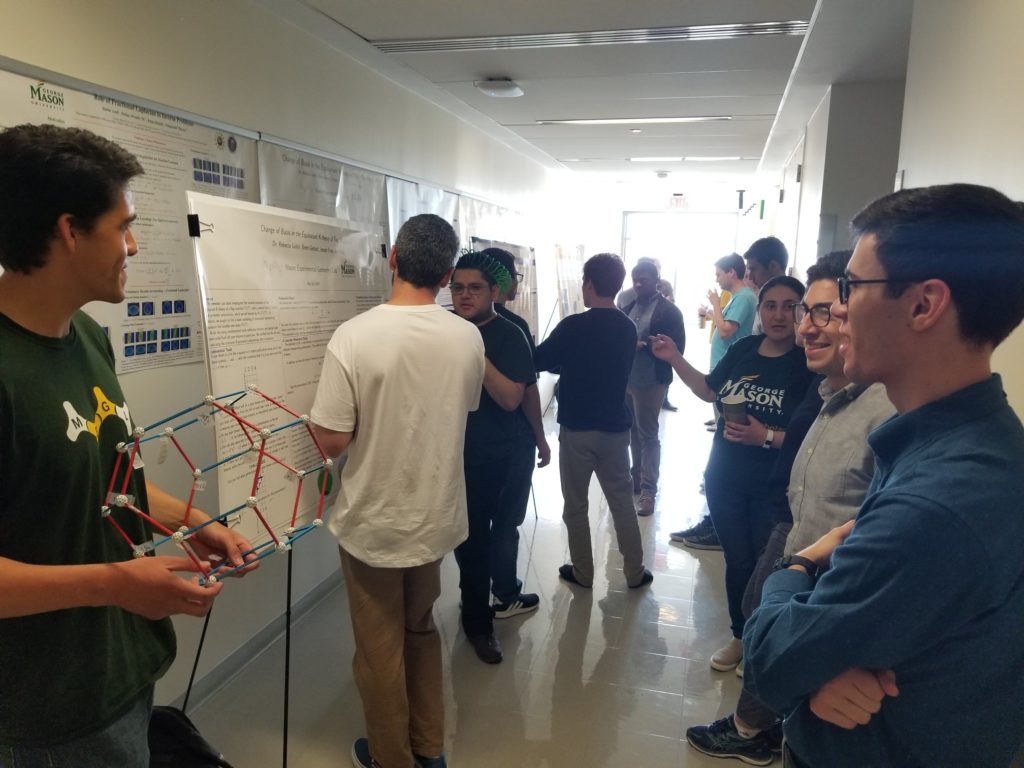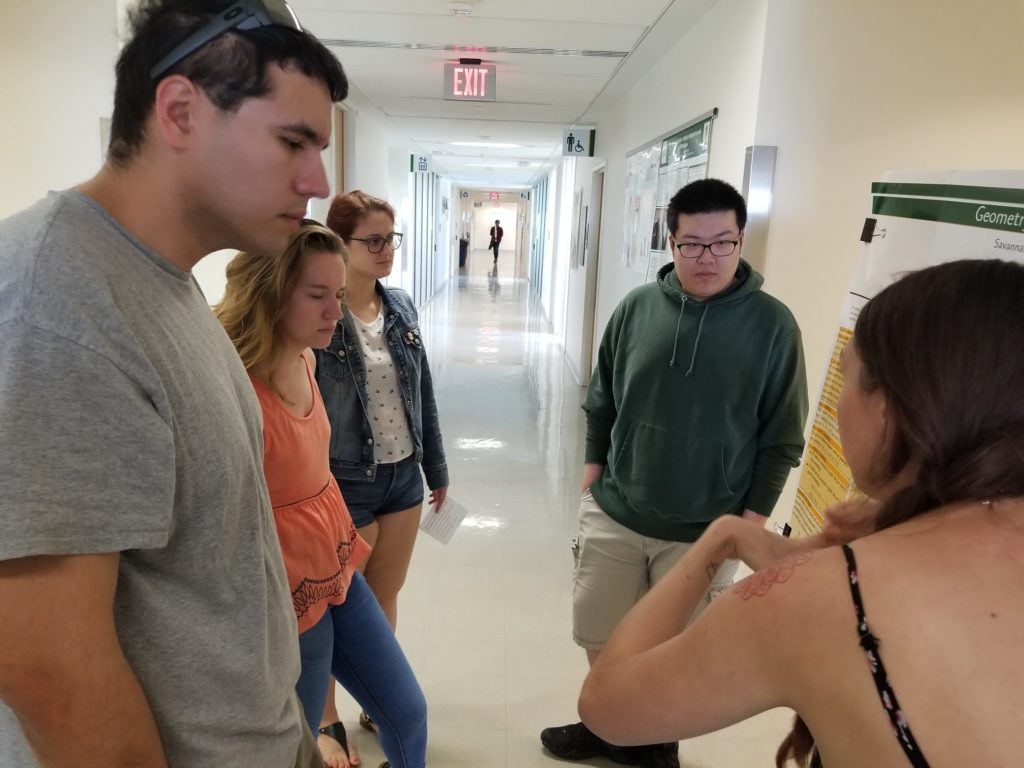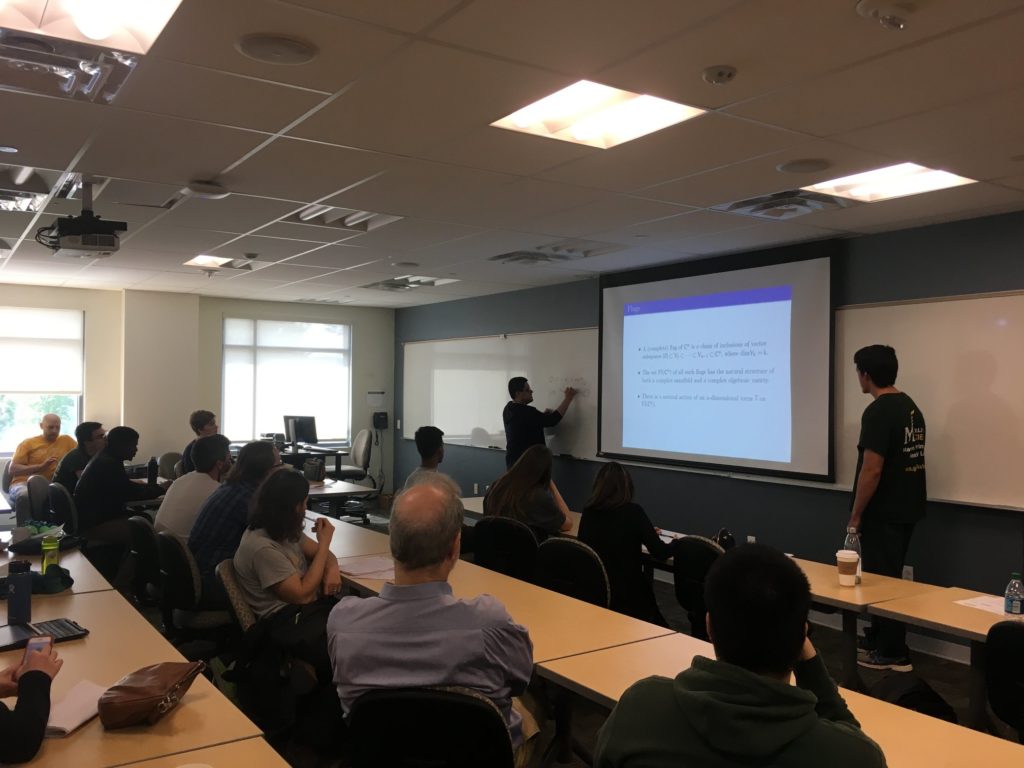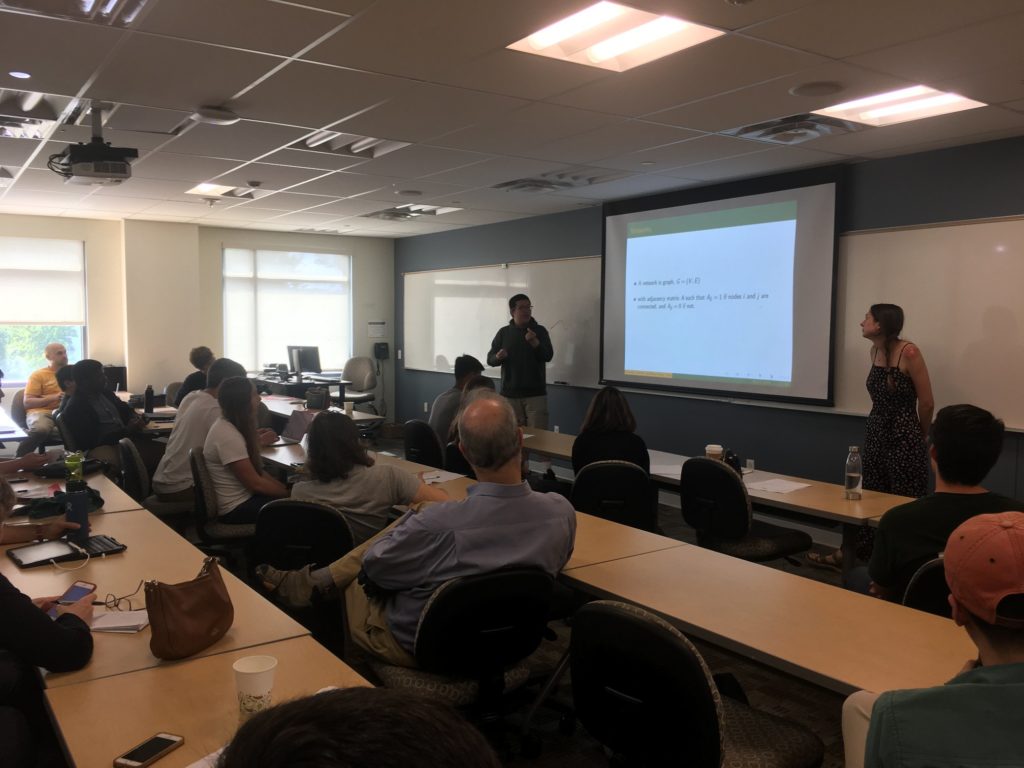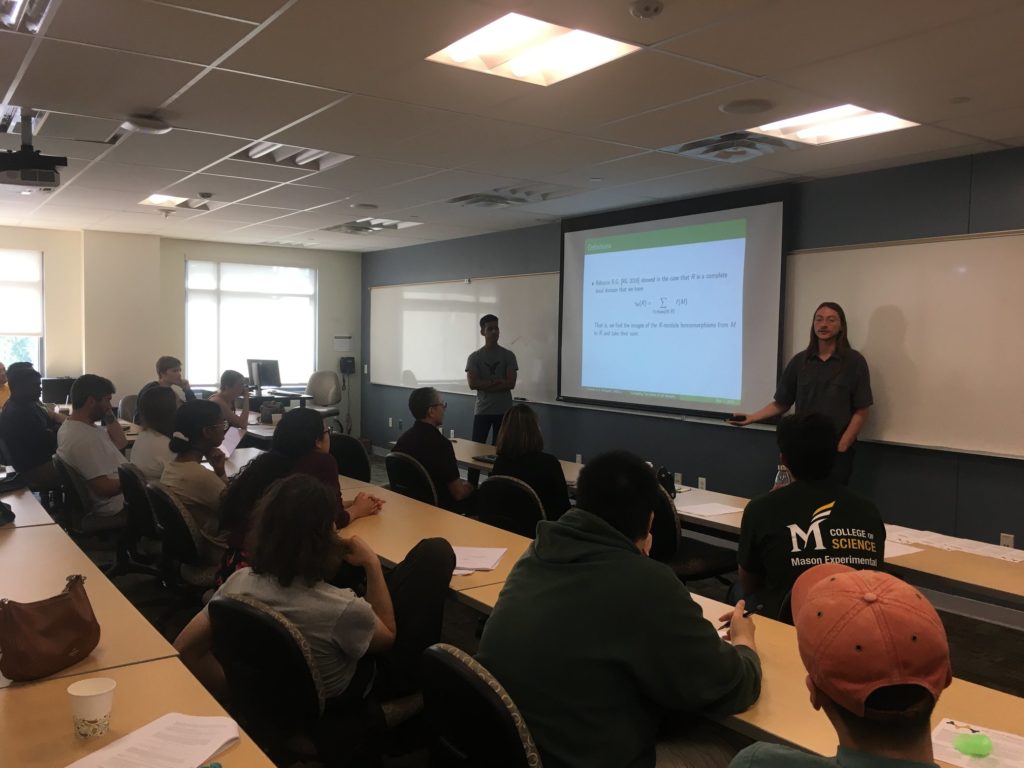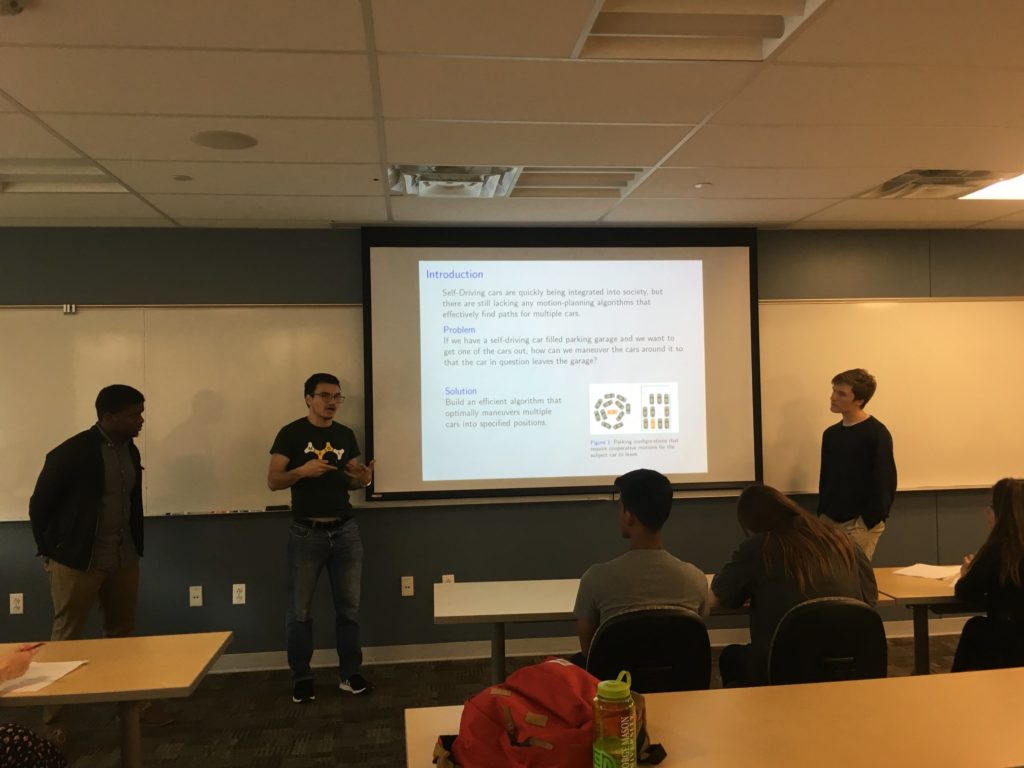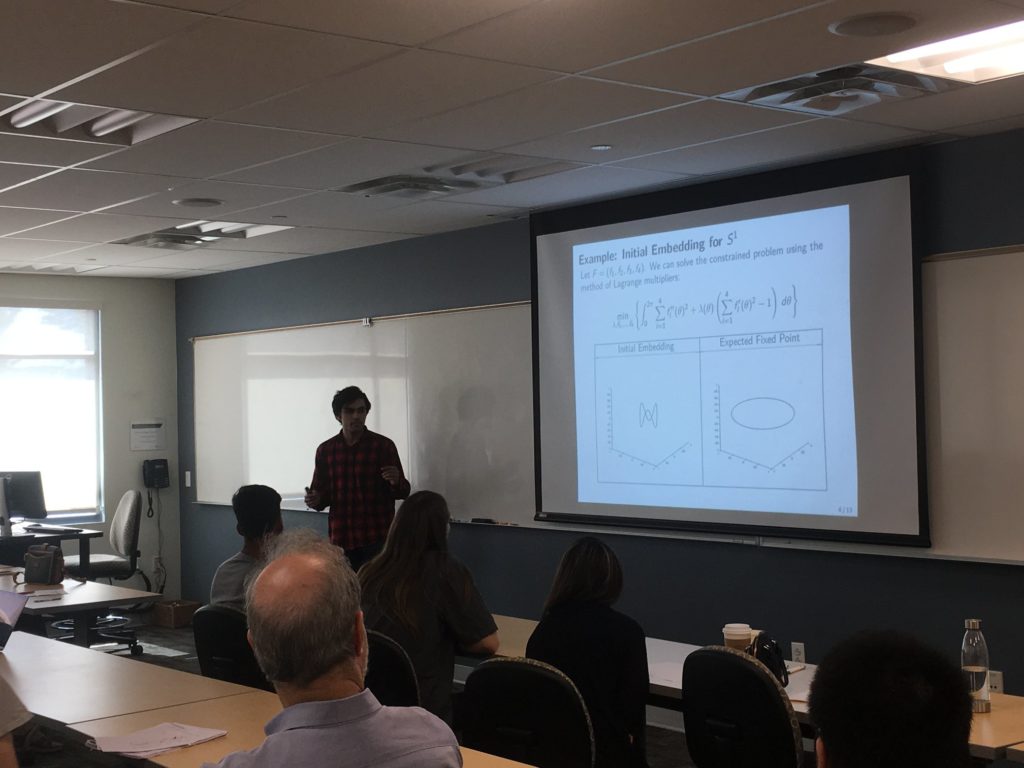
During Spring 2019 MEGL ran a 6 project program with 20 participants (faculty, graduate, and undergraduate students). The five research/visualization groups were titled: Cooperative Parking for Self-Driving Cars, Computations of test ideals of Big Cohen-Macauley modules, Geometry of Complex Networks, Geometric Flows and Dimension Reduction, and Equivariant K-theory of Flag Varieties. Additionally, there was one public engagement group which we refer to below as Outreach. The research/visualization groups engaged in experimental explorations involving faculty, graduate students, and undergraduates. Teams met weekly to conduct experiments generating data, to make conjectures from data, and to work on theory resulting from conjectures. The outreach group involved faculty, graduate students, and undergraduates to develop and implement activities for elementary and high school students that were presented at local schools and public libraries. We concluded with an end of term symposium and a poster session (scroll down for pictures).

